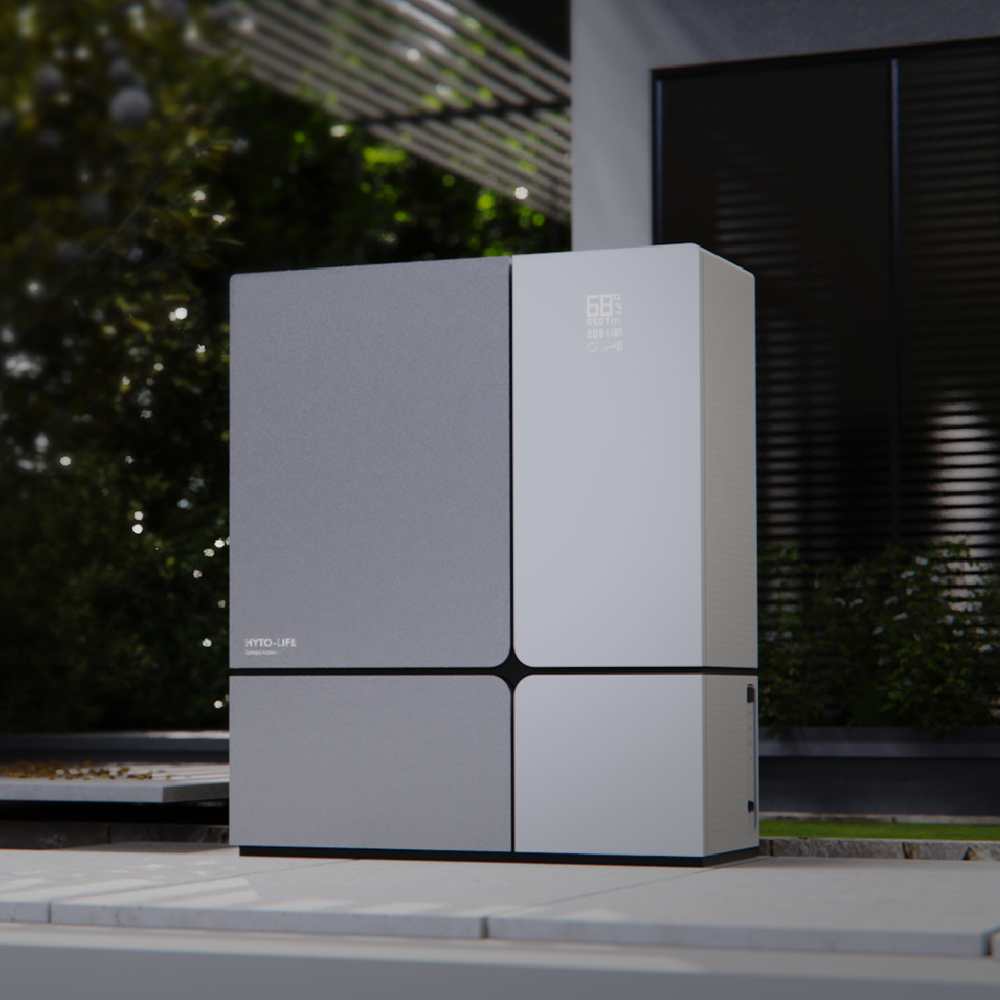Green hydrogen is defined as hydrogen gas produced through the electrolysis of water, where the electricity used in the electrolysis process is generated entirely from renewable energy sources such as solar, wind, or hydroelectric power. This production method ensures that the entire lifecycle of the hydrogen—from generation to end use—results in zero carbon dioxide emissions, making it distinct from other types of hydrogen. Gray hydrogen, for example, is produced from natural gas without carbon capture, releasing significant CO₂, while blue hydrogen uses natural gas with carbon capture, still relying on fossil fuels. The core meaning of green hydrogen lies in its alignment with sustainability and decarbonization goals: it serves as a clean energy carrier that can replace fossil fuels in hard-to-electrify sectors, driving the transition to a carbon-neutral economy. Its "green" designation underscores its role as an environmentally benign alternative, critical for achieving global climate targets.

Our professional sales team are waiting for the discussion with you.